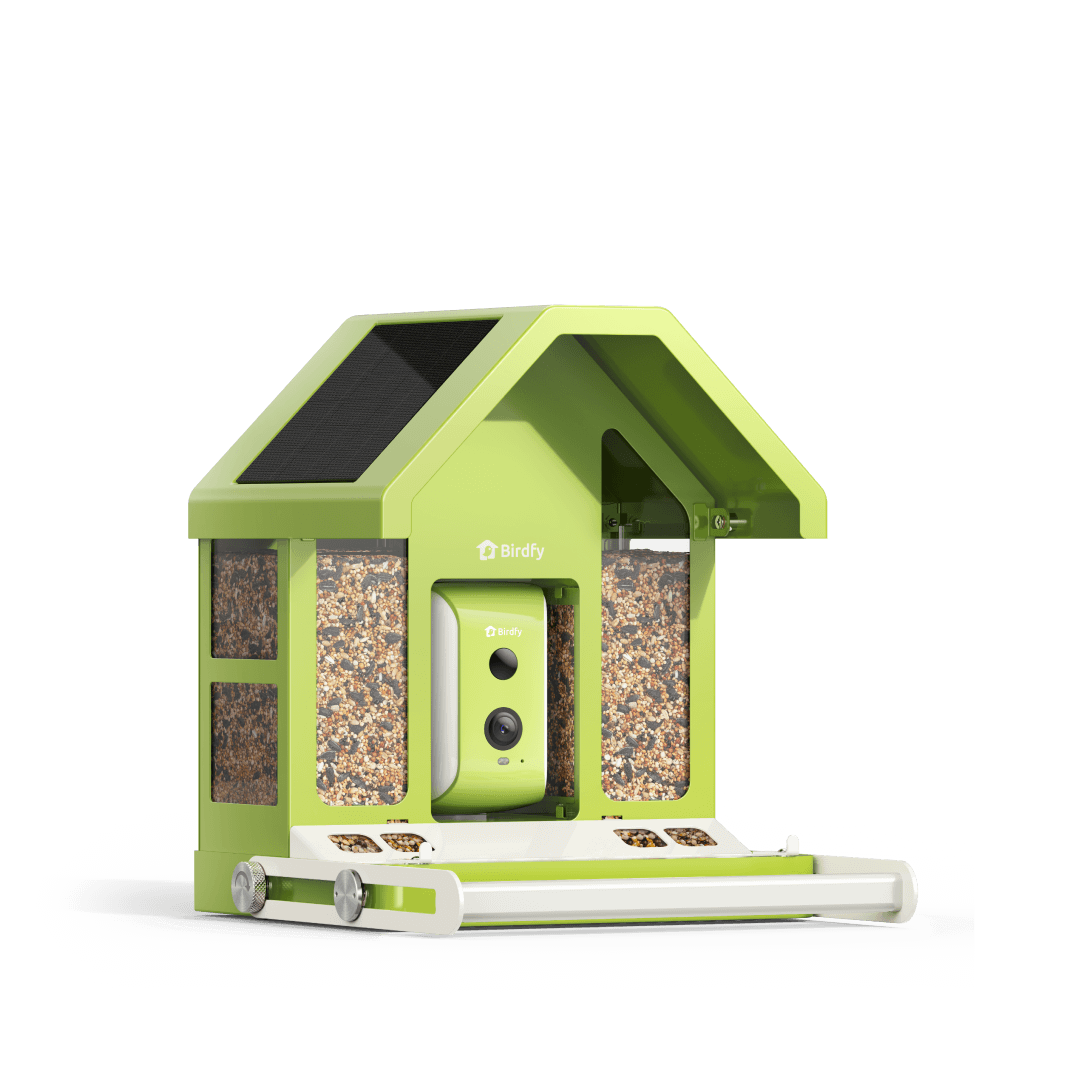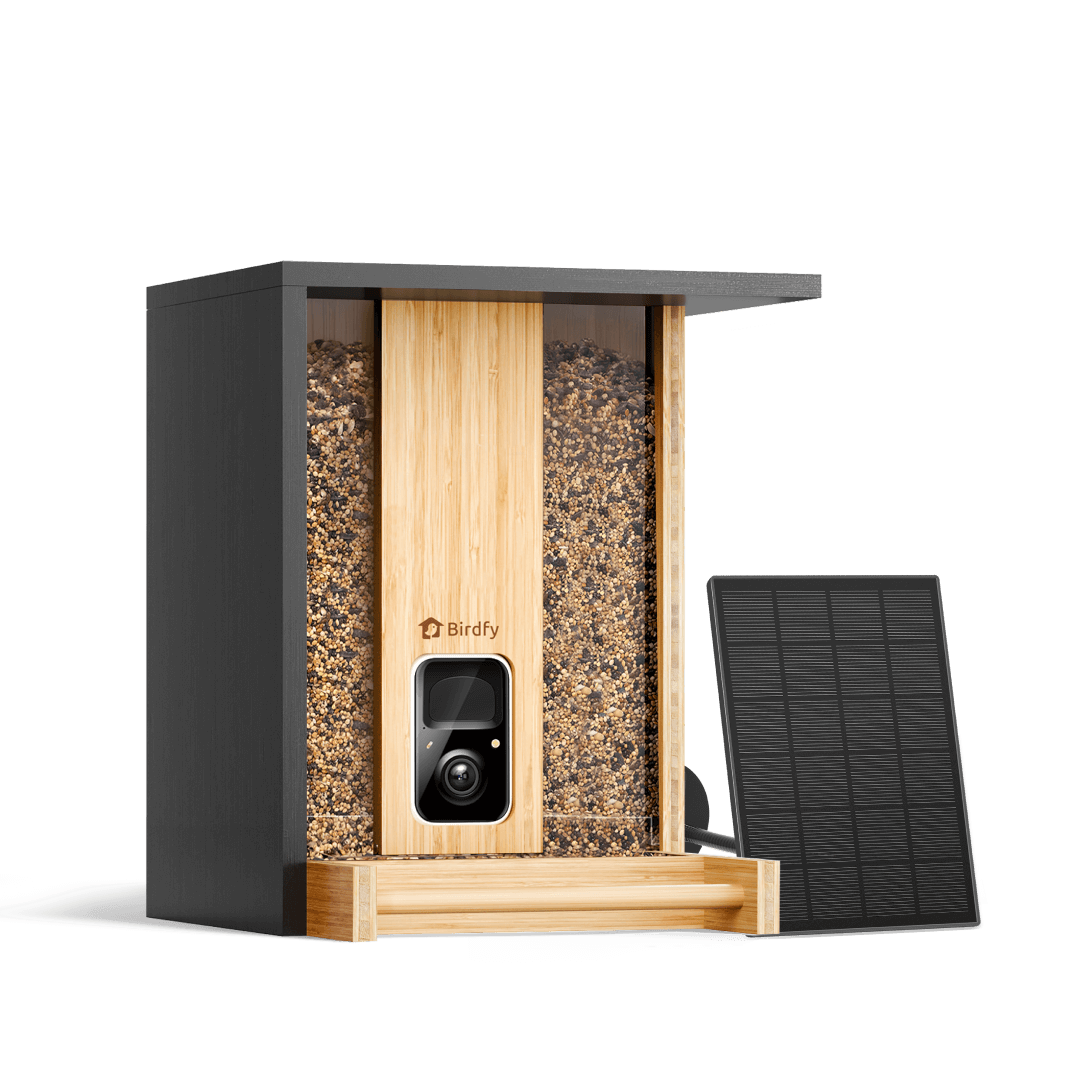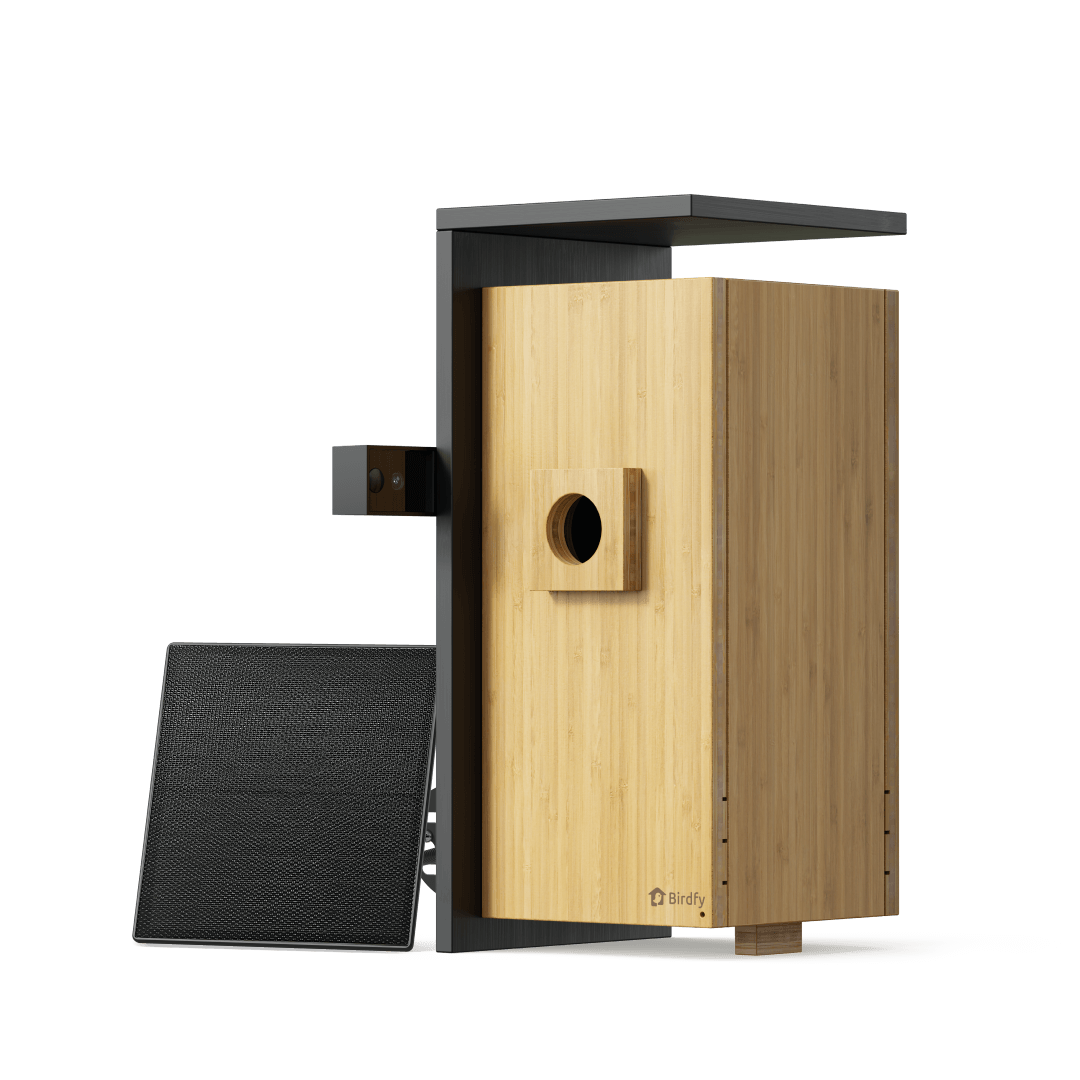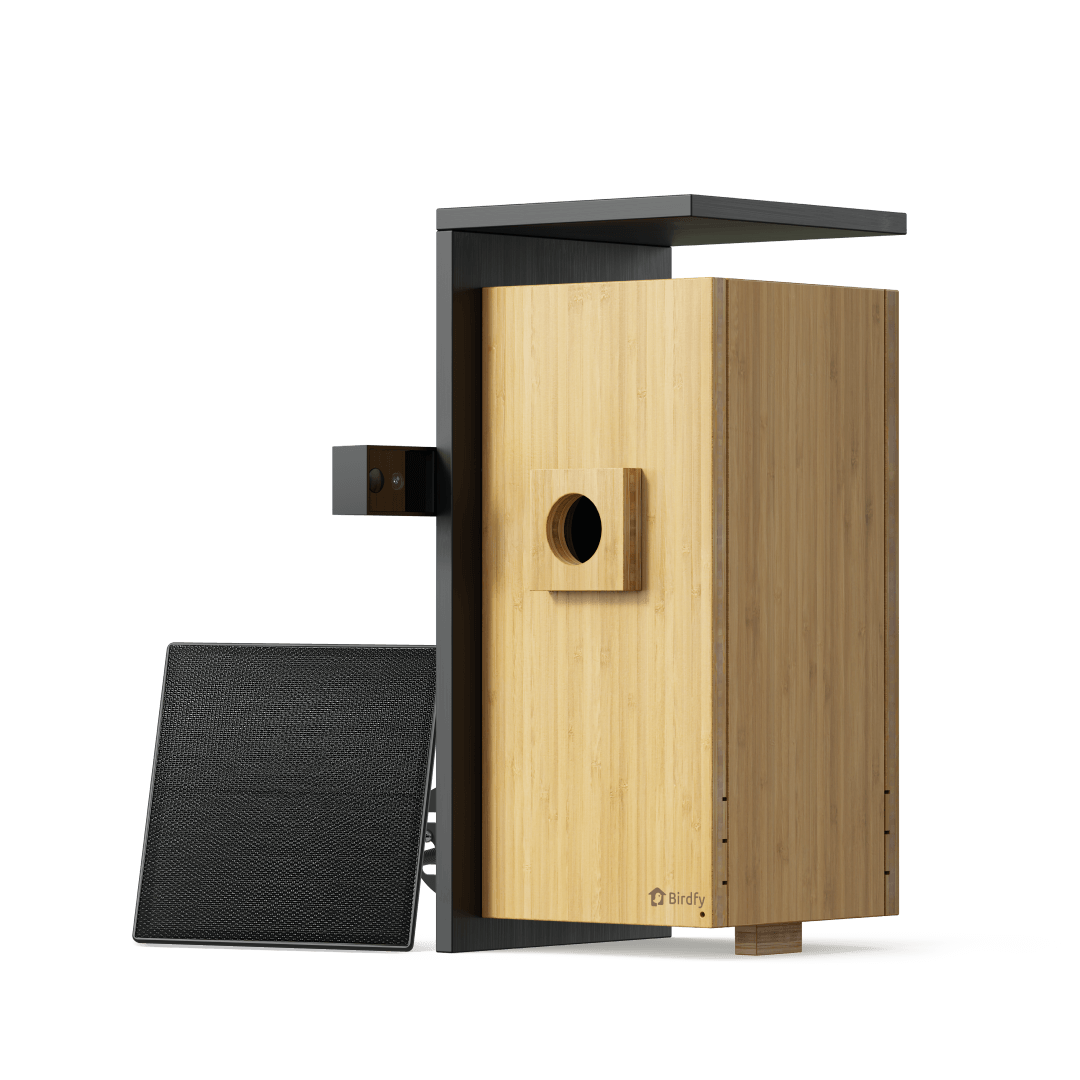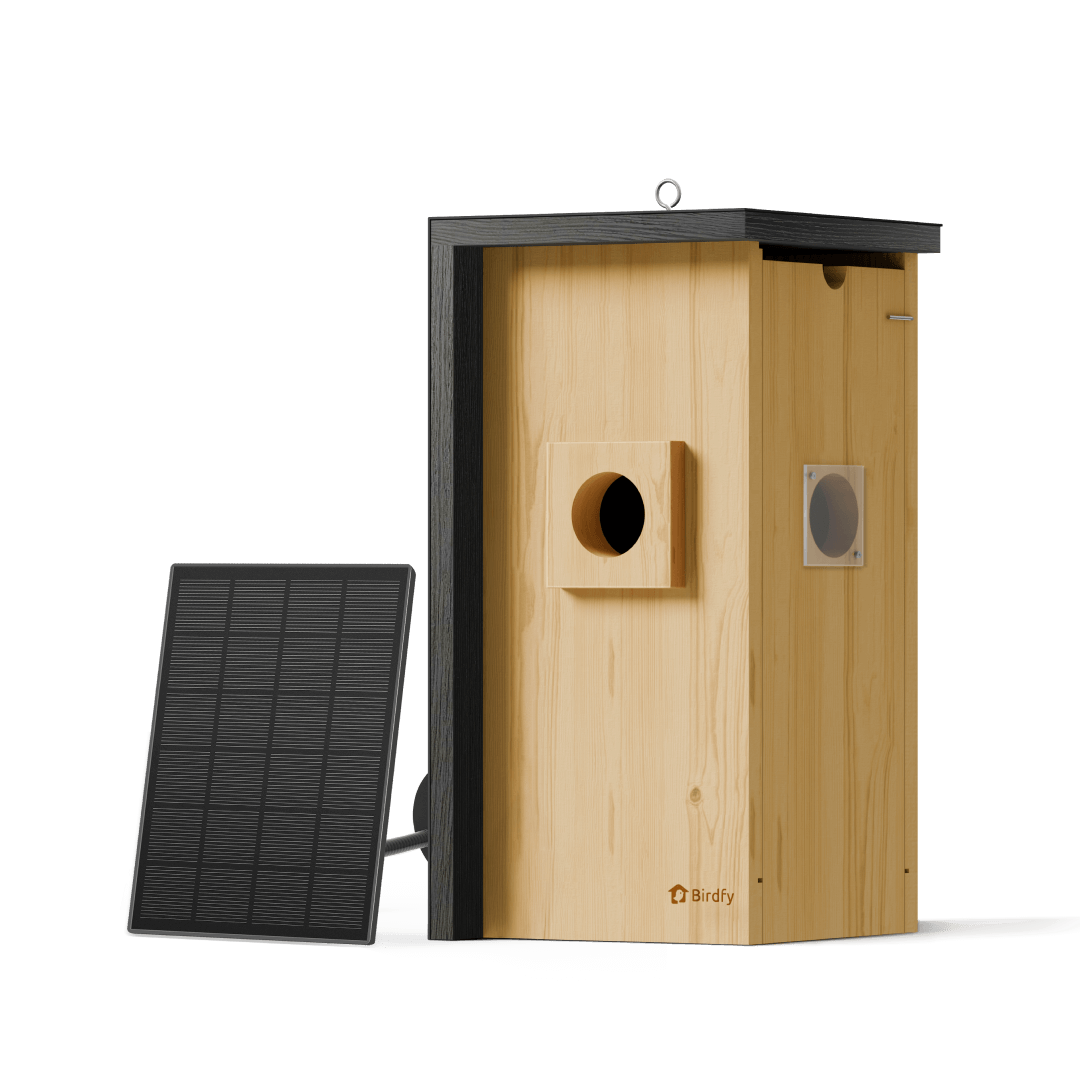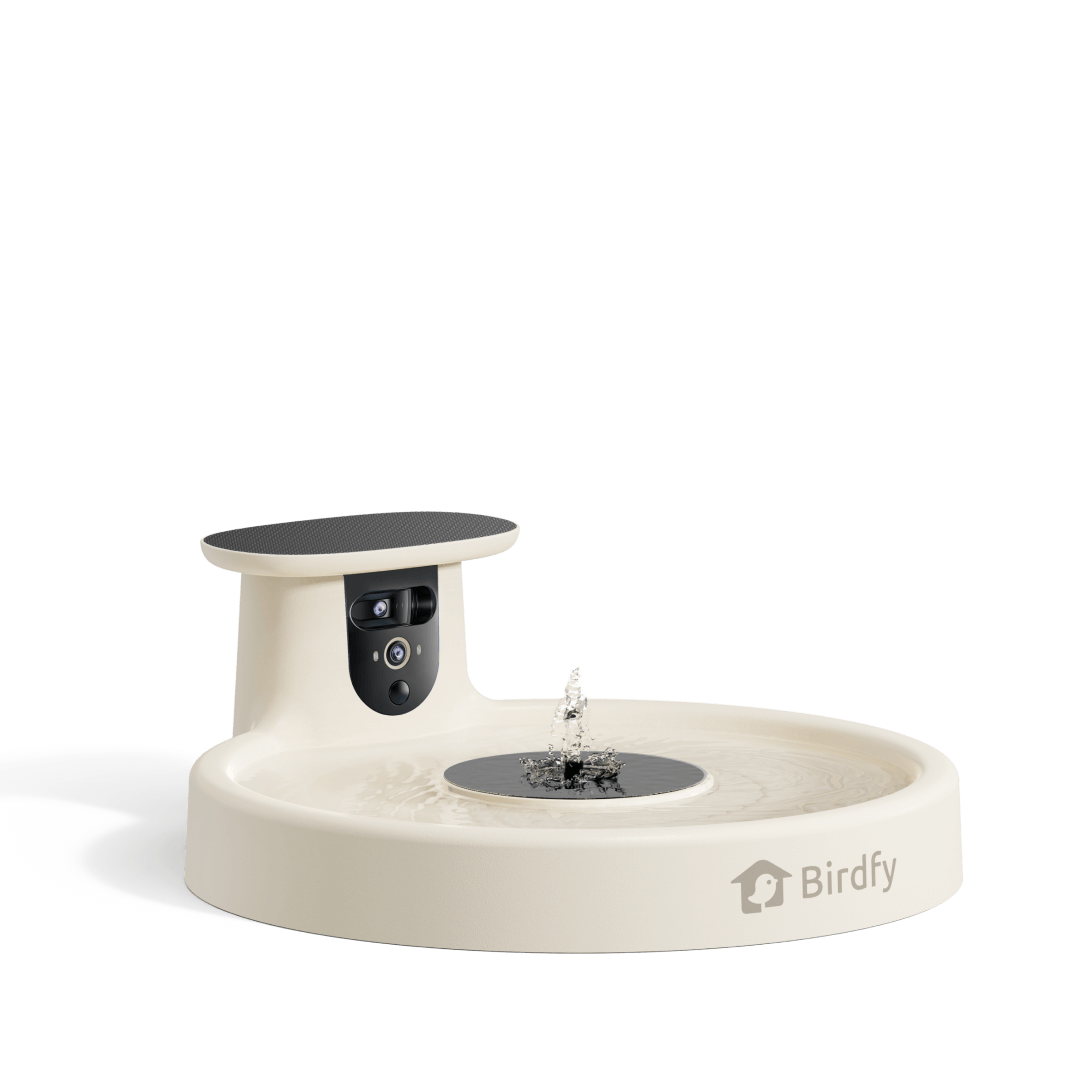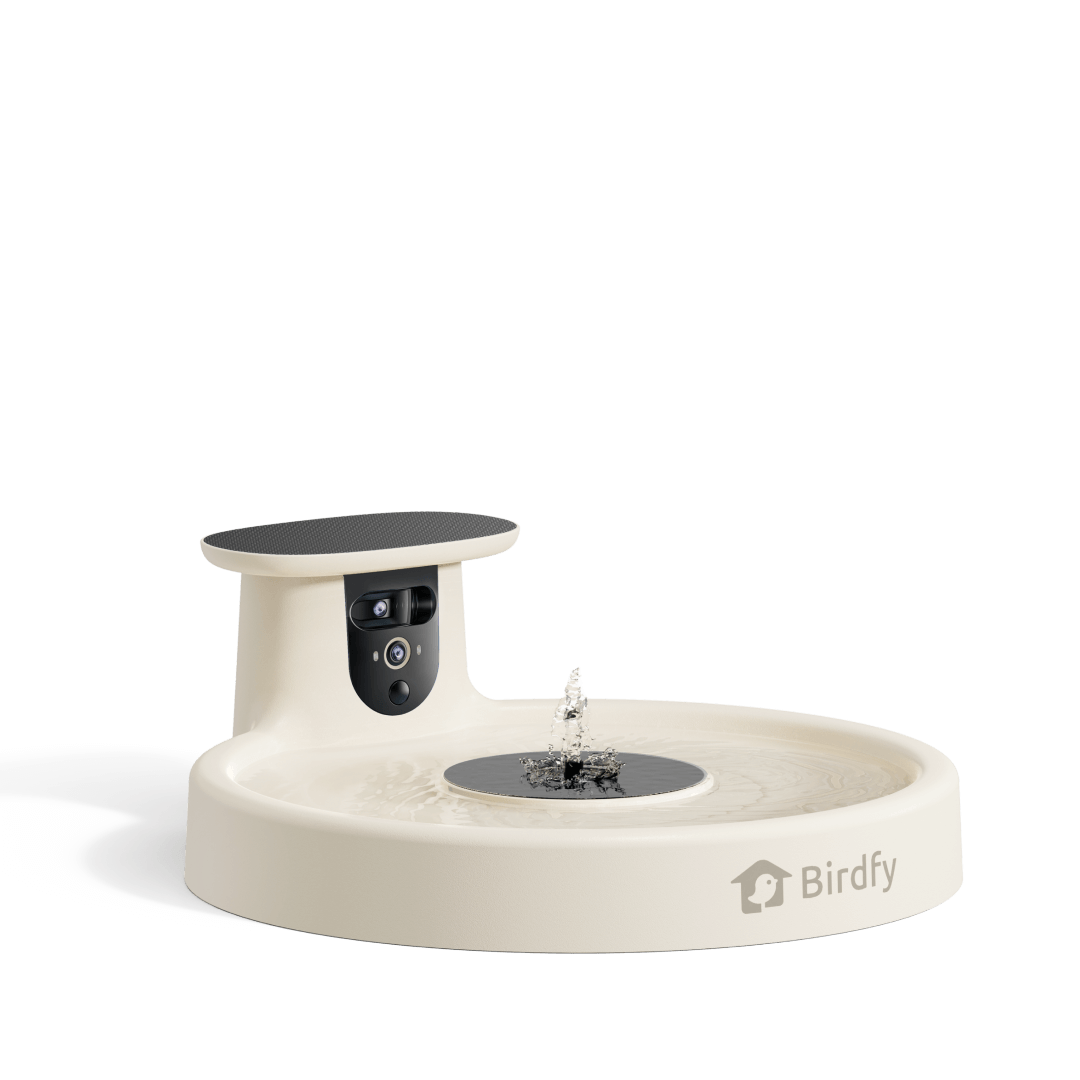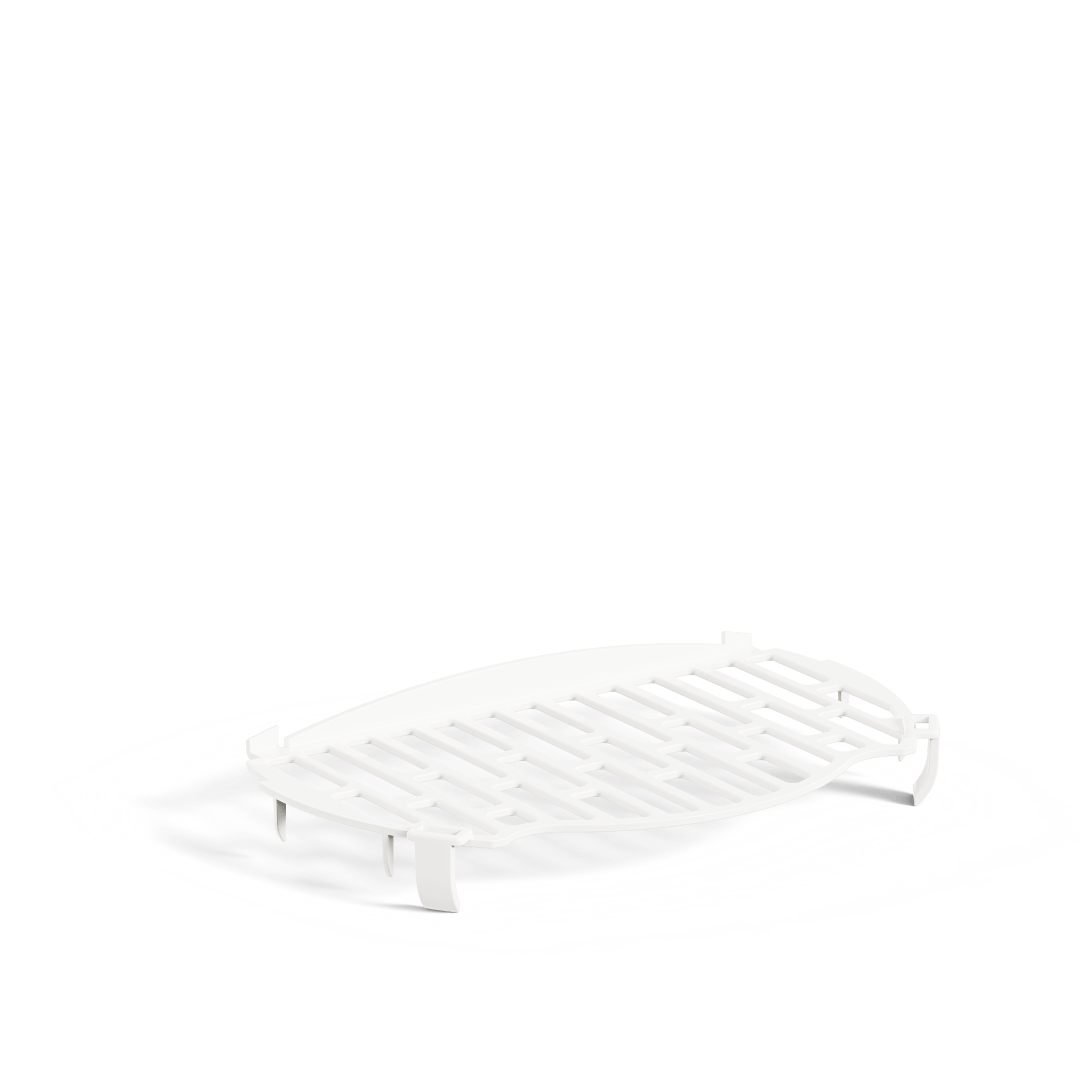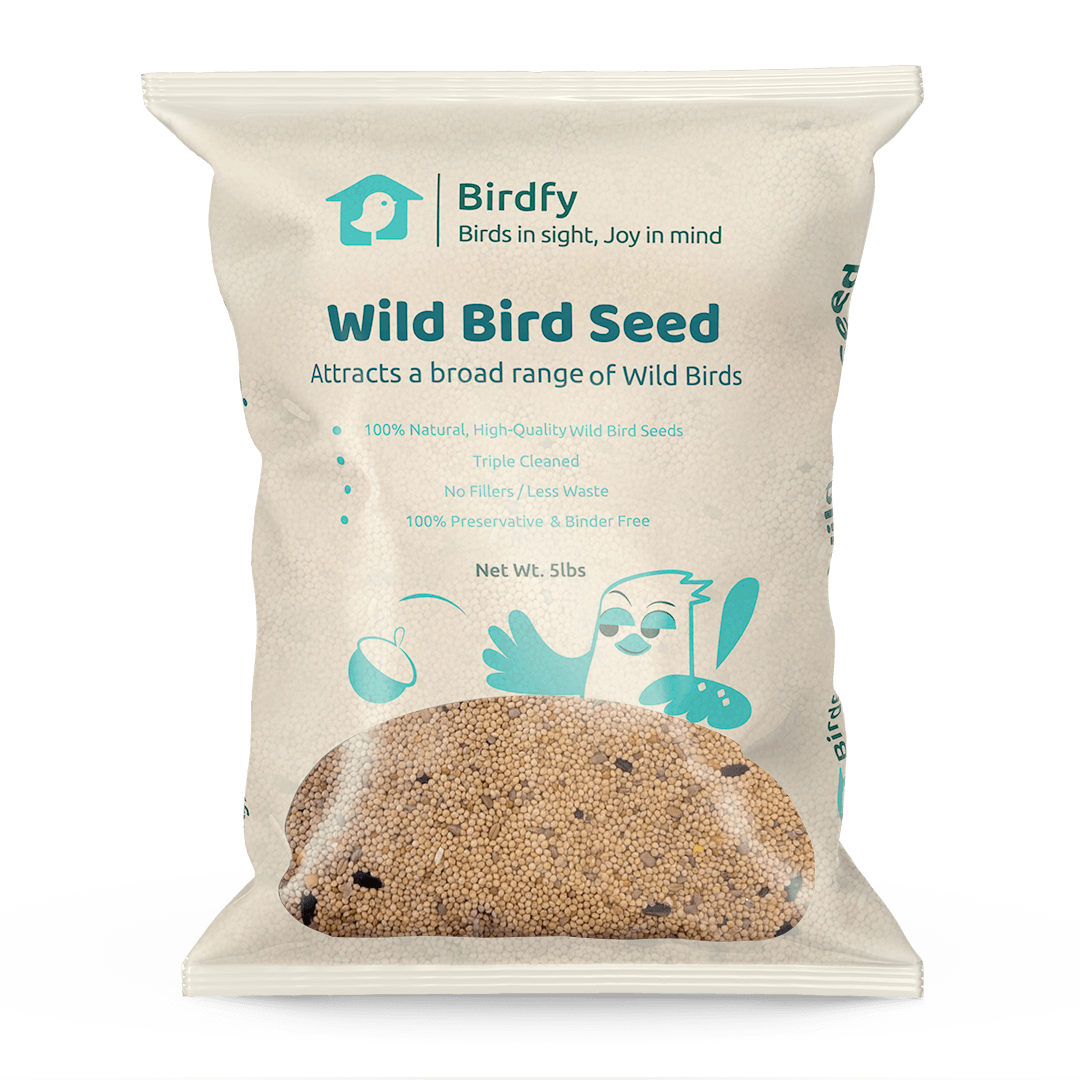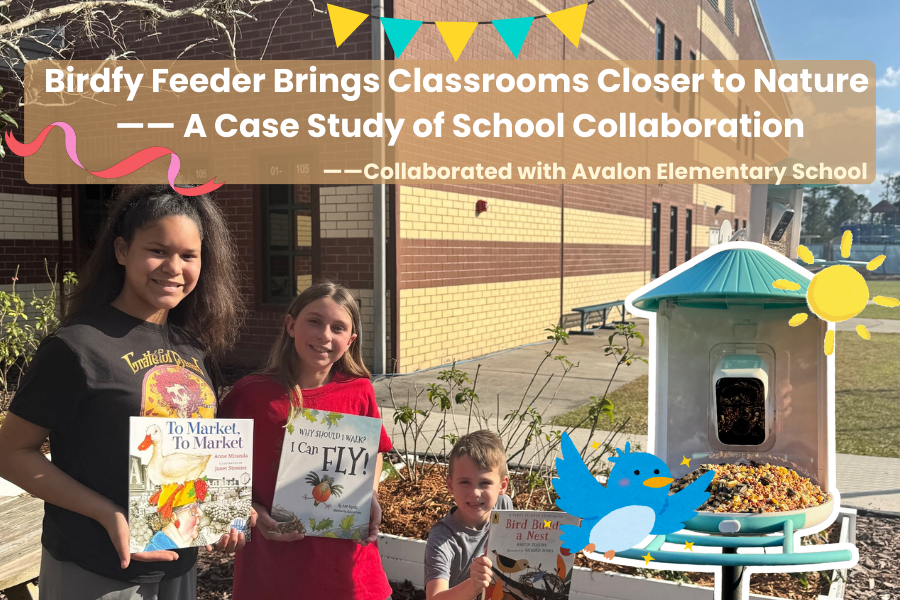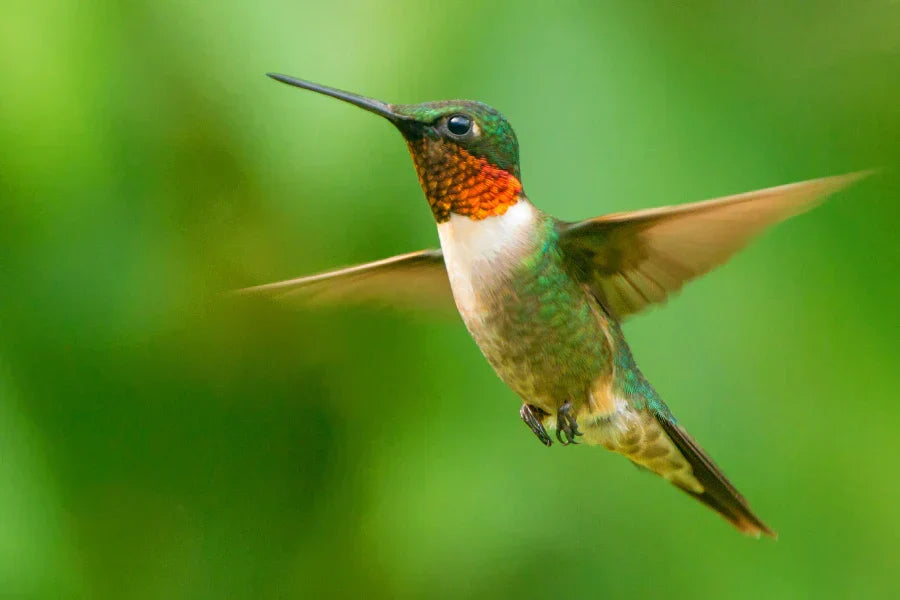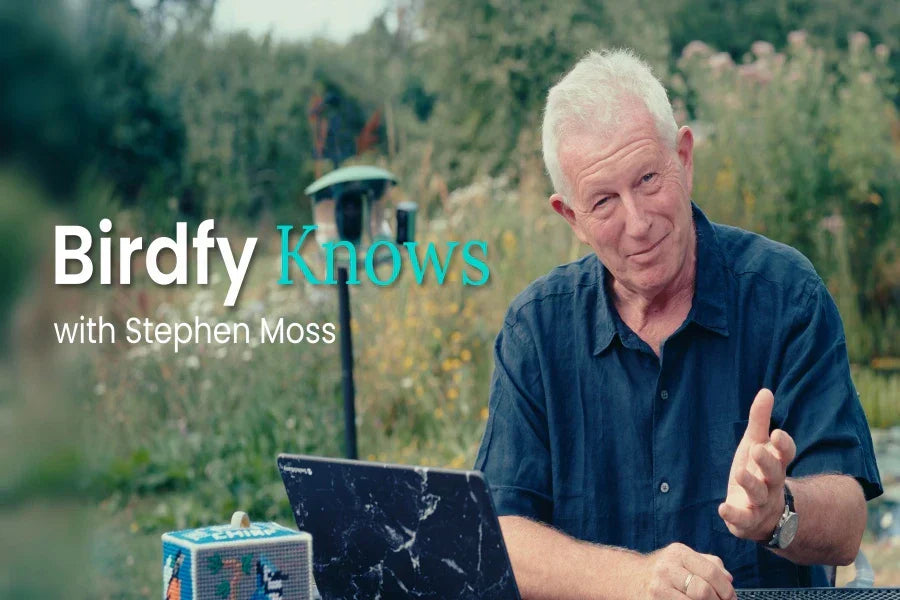Feathered Fidelity: The Fascinating World of Birds That Mate for Life
The concept of "mating for life" evokes images of enduring romance and unwavering partnership. In the avian world, this phenomenon, more accurately termed long-term social monogamy, is surprisingly common and driven by powerful evolutionary forces rather than emotion. While true, lifelong sexual exclusivity is rare (extra-pair mating does occur), many bird species form remarkably stable, long-lasting pair bonds that persist across multiple breeding seasons, often until one partner dies. Here's an in-depth exploration:
Why Do Birds "Mate for Life"? The Evolutionary Imperative
The prevalence of long-term monogamy in birds stems primarily from the demanding nature of raising offspring successfully:
-
Biparental Care is Crucial:
Raising chicks to fledging (and often beyond) is incredibly energy-intensive. It requires:- Constant Nest Defense: Protecting eggs and chicks from predators and rivals.
- Intensive Feeding: Providing vast quantities of food for rapidly growing chicks.
- Incubation: Keeping eggs warm requires near-constant coverage, especially in challenging climates.
- Nest Maintenance: Building and repairing the nest structure.
A reliable partner sharing these duties dramatically increases the chances of chick survival. One parent simply can't do it all effectively for most species.
-
Efficiency and Familiarity:
Established pairs develop efficient routines for hunting, feeding, and defending their territory. They know each other's signals and behaviors, saving valuable time and energy compared to forming a new bond each season. -
Territory Retention:
Defending a high-quality territory with reliable food sources and nesting sites is vital. A stable pair is far more effective at holding onto prime real estate against challengers than a single bird or constantly changing pairs. -
Reduced Courtship Costs:
Finding and assessing a new mate each year requires significant time and energy through elaborate displays and potential conflicts. Sticking with a proven partner eliminates this annual investment.

How Many Birds Mate for Life? The Global Picture
Estimating an exact percentage is complex due to the sheer number of bird species (over 10,000) and varying degrees of research. However, ornithological studies consistently show:
Over 90% of bird species exhibit some form of social monogamy – meaning they form a pair bond for at least one breeding season to cooperate in raising young.
A significant subset of these, likely numbering in the thousands of species, demonstrate long-term social monogamy. These pairs remain together year after year, often for life. Studies tracking banded birds reveal pair bonds lasting 5, 10, even 15+ years in some species.
True Genetic Monogamy (exclusivity) is much rarer. DNA fingerprinting studies reveal that while socially monogamous, many birds engage in extra-pair copulations, resulting in chicks fathered by males outside the pair bond. However, the social partnership remains intact.

The "Lifelong" Caveat: Divorce and Death
"Life" in this context means the lifespan of the partners, not eternity. Bonds break due to:
-
"Divorce":
While less common in long-term monogamous species, it happens. Causes include:- Repeated Breeding Failure: If a pair consistently fails to raise chicks (infertility, predation, poor provisioning), one or both partners may seek a new mate.
- Asynchronous Return: If one partner arrives late on the breeding grounds, the early bird may re-pair.
- Mate Infidelity: While they may stay together, frequent extra-pair mating can sometimes destabilize a bond.
- Opportunity: The appearance of a demonstrably "higher quality" mate (e.g., holding a better territory).
-
Death:
The ultimate end to a pair bond. Surviving partners will eventually seek a new mate, though they may exhibit signs of distress or take some time to do so.
A Comprehensive List of Birds That Mate for Life
This list of birds that mate for life highlights well-documented examples across various families and habitats. Remember, longevity and fidelity can vary within species and populations.
Birds of Prey (Raptors)
- Eagles: Bald Eagle, Golden Eagle, African Fish Eagle, Steller's Sea Eagle, White-tailed Eagle, Harpy Eagle (Most eagle species exhibit strong fidelity).
- Hawks & Kites: Red-tailed Hawk, Harris's Hawk (often cooperative breeders), Swallow-tailed Kite, Black Kite.
- Falcons: Peregrine Falcon, Prairie Falcon, Lanner Falcon.
- Osprey: Often mate for life, though divorce rates can be higher after migration.
- Owls: Barn Owl, Great Horned Owl, Barred Owl, Eurasian Eagle-Owl, Snowy Owl (Many owls form long-term bonds).

Seabirds & Waterbirds
- Albatrosses: Wandering Albatross, Black-browed Albatross, Laysan Albatross (Famous for extremely long lives and bonds, though divorce occurs; courtship can last years).
- Swans: Mute Swan, Trumpeter Swan, Whooper Swan, Black Swan (Iconic symbols of lifelong pairing).
- Geese: Canada Goose, Brent Goose, Barnacle Goose, Snow Goose (Most goose species form strong, long-lasting bonds).
- Cranes: Sandhill Crane, Whooping Crane, Eurasian Crane, Red-crowned Crane (Elaborate courtship dances reinforce lifelong bonds).
- Loons: Common Loon, Red-throated Loon.
- Penguins: Emperor Penguin, King Penguin, Gentoo Penguin, African Penguin (Many penguin species are serially monogamous, often reuniting with the same mate year after year if both survive).
- Gulls & Terns: Herring Gull, California Gull, Caspian Tern (Multi-year fidelity, though not always lifelong).
- Puffins: Atlantic Puffin, Horned Puffin (Often return to the same burrow and mate year after year).
- Cormorants: Some species like the Great Cormorant show multi-year pair bonds.

Songbirds (Passerines)
- American Robin: While some extra-pair mating occurs, pairs often reunite year after year on the same territory.
- Eastern Bluebird: Strong site fidelity; pairs often reunite if both survive winter and return.
- Black-capped Chickadee: Dominant pairs within winter flocks often maintain bonds across seasons.
- Carolina Wren: Pairs defend territories year-round and maintain strong bonds.
- Northern Cardinal: Iconic backyard birds known for persistent pair bonds, often staying together year-round.
- Scarlet Tanager: Pairs often reunite on the same territory in successive years.
- Corvids (Crows, Jays, Magpies): American Crow, Florida Scrub-Jay (often cooperative breeders), Eurasian Magpie, Common Raven (Ravens form exceptionally strong, lifelong pair bonds with complex social interactions).
- European Robin: Territorial pairs often maintain bonds.
- Great Tit / Blue Tit: While extra-pair mating is common, pairs often reform seasonally if both survive.

Other Bird Groups
- Pigeons & Doves: Rock Pigeon (common city pigeon), Mourning Dove, Eurasian Collared-Dove (Often form strong, long-term pair bonds, co-parenting diligently).
- Woodpeckers: Acorn Woodpecker (complex cooperative breeding), Pileated Woodpecker, Downy Woodpecker, Great Spotted Woodpecker (Many show strong site and mate fidelity).
- Kingfishers: Belted Kingfisher, Common Kingfisher.
- Hornbills: Many species, like the Southern Ground Hornbill (cooperative breeder), form long-term bonds.
- Parrots: Several species, including Scarlet Macaw, Blue-and-yellow Macaw, Sulphur-crested Cockatoo, Budgerigar (in the wild) form strong, long-lasting pair bonds, often reinforced by mutual preening and feeding.
Garden Backyard Birds That Commonly Mate for Life
For bird enthusiasts watching their feeders and nest boxes, here are common backyard residents known for their fidelity:
- 1. Northern Cardinal: Perhaps the most iconic. Pairs stay together year-round, defending territories. The male's bright red plumage and the pair's constant contact calls ("cheer, cheer, cheer") make them easy to observe. They often feed together at feeders.
- 2. Mourning Dove: Gentle and ubiquitous. Pairs form strong bonds, often seen preening each other. They frequently nest in close proximity to houses (ledges, hanging plants, conifers) and produce multiple broods per season, relying on their stable partnership.
- 3. Eastern Bluebird: A beloved cavity nester. Pairs exhibit strong site fidelity, often returning to the same nest box territory year after year. If both survive migration/winter, they frequently re-pair. The male's vibrant blue and the female's softer tones are a welcome sight.
- 4. Black-capped Chickadee (and similar tit species): While living in winter flocks, the dominant male and female within a flock typically form a pair bond that persists into the breeding season. They readily use nest boxes. Their "chick-a-dee-dee" calls and acrobatic feeder visits are constant backyard entertainment.
- 5. American Robin: A familiar sign of spring. While not always perfectly exclusive genetically, robin pairs show high mate fidelity between seasons. They often return to the same general territory and rebuild nests in favored locations (eaves, tree forks, platforms). Watch for the male feeding the female during courtship.
- 6. Carolina Wren (and other wrens): Feisty and vocal. Pairs defend territories vigorously year-round. Their bond is strong, and they are often heard singing duets. They readily nest in unusual cavities around houses (flower pots, garages, old boots).
- 7. Downy Woodpecker & Hairy Woodpecker: These common backyard woodpeckers exhibit strong site and mate fidelity. Pairs maintain territories year-round and cooperate in excavating nest cavities (often in dead trees or branches). Listen for their drumming and watch for them visiting suet feeders together.
- 8. House Finch: Abundant at feeders. While extra-pair mating occurs, socially monogamous pairs are the norm. They often raise multiple broods in a season, requiring consistent cooperation. The male's red head and breast and the female's streaky plumage are easily identifiable.
- 9. Blue Jay: Intelligent and noisy. Mated pairs form strong, long-term bonds, defending territories cooperatively year-round. They are highly visible at feeders and known for their complex social behaviors and loud calls.
- 10. European Starling: While forming large flocks, within the breeding season, pairs form monogamous bonds for raising young. They are aggressive cavity nesters, often using holes in buildings. Observe the male's iridescent plumage and yellow beak during spring.

Conclusion: Endurance Forged by Necessity
The "lifelong" bonds seen in so many bird species are a testament to the harsh realities of reproduction in the wild. While driven by instinct and evolutionary advantage rather than romance, these partnerships represent a profound commitment forged through cooperation. From the majestic soar of eagles to the cheerful song of cardinals at your feeder, the enduring pair bond is a cornerstone of avian success. It ensures the demanding tasks of nest building, incubation, provisioning, and defense are shared, giving the next generation of chicks the best possible chance to take flight. Witnessing these bonds in action, whether in vast wildernesses or our own backyards, offers a captivating glimpse into the resilient and intricate strategies of life.
Share



